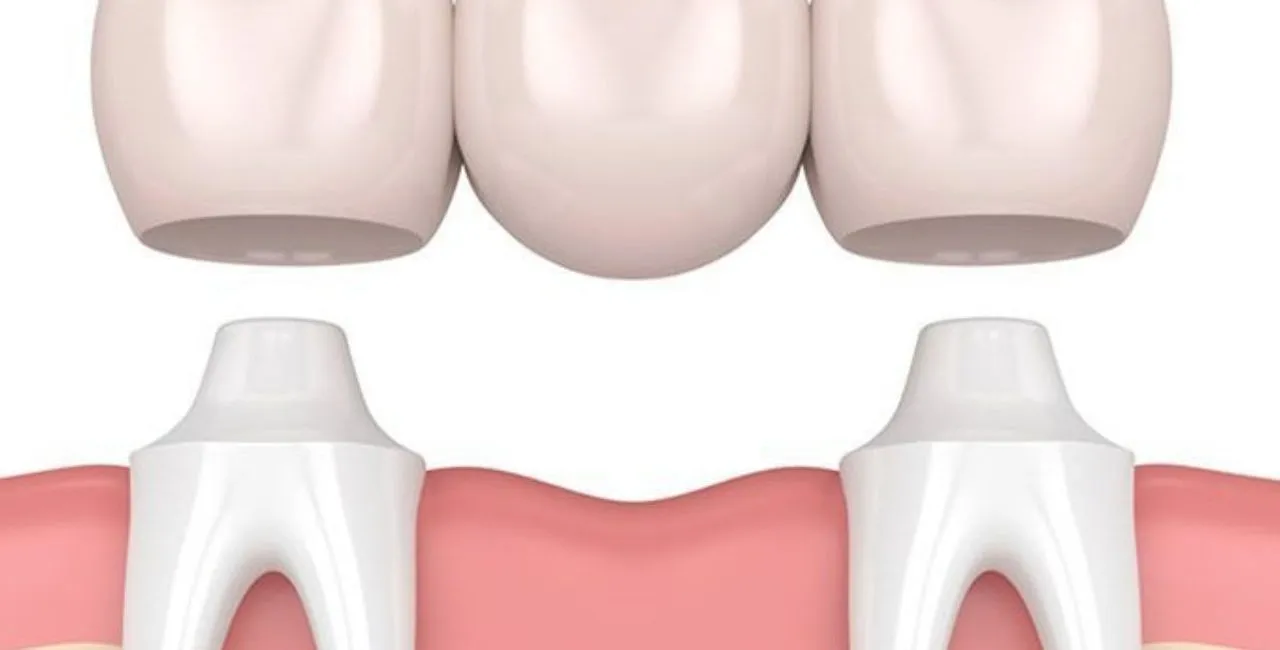

A confident smile can make a world of difference in how you feel about yourself and how others perceive you. Missing or damaged teeth, however, can affect both your appearance and your oral functionality. Dental solutions like crowns and bridges provide an effective way to restore your smile, ensuring that you can enjoy a natural look and normal dental function once again.
Crowns and bridges are popular restorative dental treatments designed to address various dental issues, from replacing missing teeth to protecting weakened ones. Understanding how they work and their benefits can help you make an informed decision about improving your oral health.
At White Perfect Dental, we specialise in advanced dental restoration procedures, offering tailored crown and bridge treatments to help you regain your confidence.
Crowns and bridges are prosthetic dental devices designed to restore the function and appearance of your teeth.
Dental crowns and bridges are essential for maintaining oral health, improving appearance, and restoring dental functionality. Their benefits include:
Missing or damaged teeth can make chewing difficult, leading to improper digestion and nutritional issues. Crowns and bridges restore your ability to chew and speak properly.
A missing or damaged tooth can affect your smile’s appearance. Crowns and bridges are custom-designed to match the colour, shape, and size of your natural teeth, ensuring a seamless and natural look.
When a tooth is missing, the surrounding teeth may shift into the gap, leading to misalignment and bite problems. Crowns and bridges help maintain the alignment of your teeth and prevent further complications.
With proper care, crowns and bridges can last for many years. They are made from strong and durable materials like porcelain, ceramic, or metal, ensuring they withstand daily wear and tear.
Choosing the right type of crown or bridge depends on your specific needs, budget, and the recommendation of your dentist.
The process begins with a thorough examination to assess your dental health and determine the best treatment option. X-rays and impressions may be taken to create a customised treatment plan.
For crowns, the damaged tooth is reshaped to accommodate the crown. For bridges, the adjacent teeth are prepared to support the bridge.
An impression of your teeth is taken to create a custom crown or bridge that fits perfectly. Temporary crowns or bridges may be placed to protect the teeth while the permanent prosthesis is being made.
Once the permanent crown or bridge is ready, it is cemented into place. The dentist ensures a proper fit, making any necessary adjustments to ensure comfort and functionality.
Several factors influence the cost of crown and bridge treatments, including:
At White Perfect Dental, we provide transparent pricing and flexible payment options to make high-quality dental care accessible to everyone.
Proper care and maintenance are essential to ensure the longevity of your crowns and bridges. Follow these tips to keep your dental restorations in excellent condition:
Wear a Night Guard: If you grind your teeth at night, use a night guard to protect your crowns and bridges.
With proper care, crowns and bridges can last 10–15 years or longer. Regular dental visits and good oral hygiene are crucial for their longevity.
The procedure is typically painless as it is performed under local anaesthesia. Some discomfort may occur after the procedure, but it is temporary and manageable.
Yes, crowns and bridges restore normal chewing function. However, avoid extremely hard or sticky foods to prevent damage.
No, crowns and bridges are designed to match your natural teeth, ensuring a seamless and natural appearance.
Many dental insurance plans partially cover the cost of crowns and bridges. Check with your provider for details on coverage.
Crowns and bridges are transformative dental solutions that restore your smile’s functionality and aesthetics. By addressing issues like missing or damaged teeth, they not only improve your oral health but also boost your confidence. With options tailored to your unique needs, these treatments are a worthwhile investment in your long-term dental well-being.
At White Perfect Dental, we combine expertise with advanced technology to deliver exceptional crown and bridge treatments. Contact us today to schedule a consultation and take the first step toward a healthier, more confident smile.




Fissure sealant
Dental fillings
Root canal treatment
Tooth extraction
Wisdom tooth removal
Crowns & bridges
Branches & Operating Hours
Contact Information
Make an Appointment


Fissure sealant
Dental fillings
Root canal treatment
Tooth extraction
Wisdom tooth removal
Crowns & bridges
Branches & Operating Hours
Contact Information
Make an Appointment
Copyright © White Perfect Dental Surgery Sdn Bhd (Company No. 201001012274 (1000198-P)).
Website Managed by MYSense. All Rights Reserved.